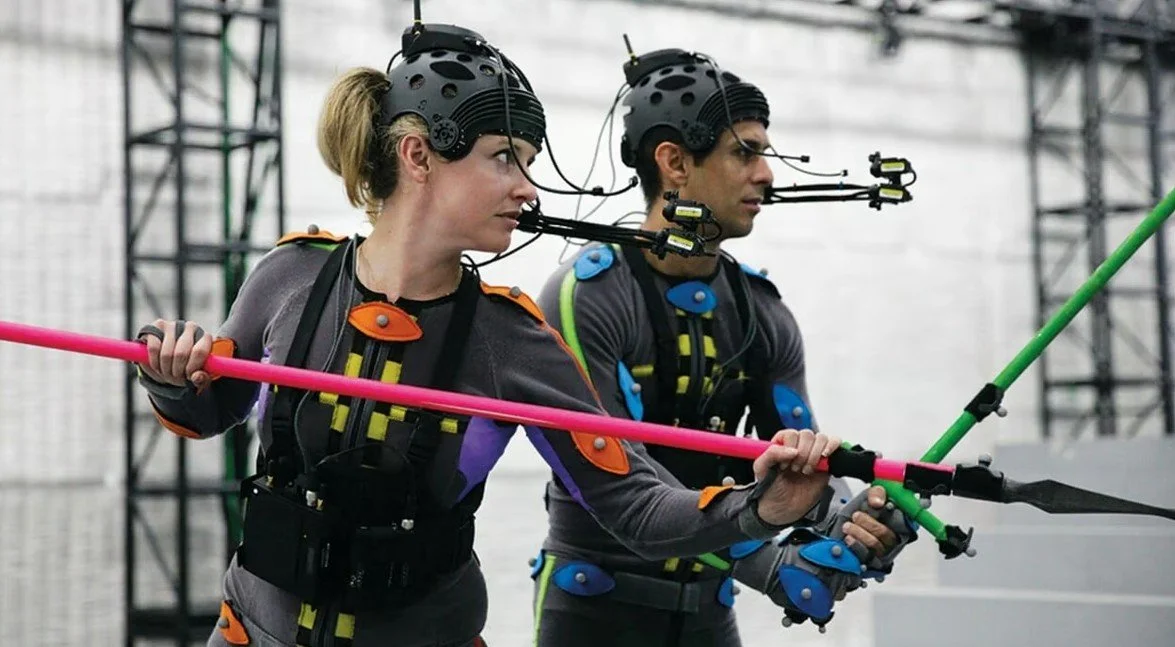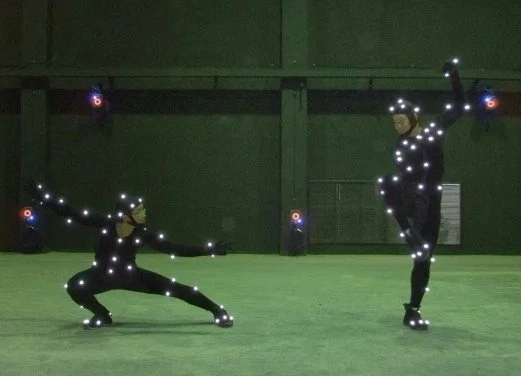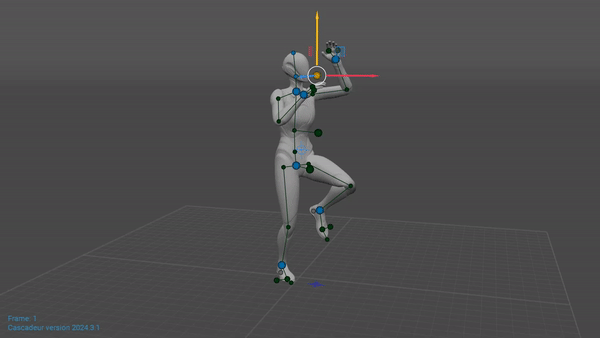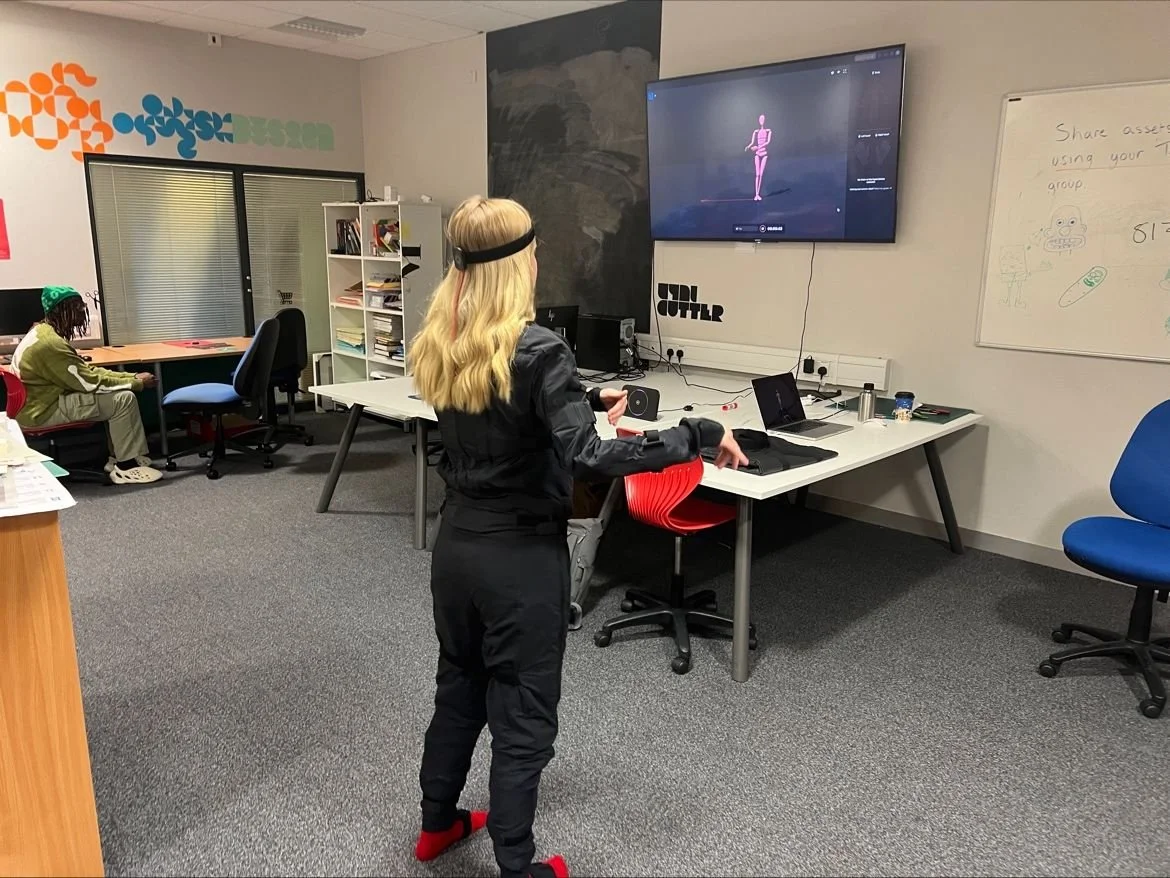Optical Passive
This technique uses retroreflective markers that are tracked by infrared cameras. It is the most flexible and common method used in the industry. Surfaces are marked with a series of these retroreflective points at select points to map position, orientation and relational positions. This form of technology is also being used within Virtual Production and Virtual Reality units to track camera and controller position and orientation values in 3D space.
The downside is that users need to wear specialised costumes with visible markers attached and a specialised volumetric / motion capture stage space is required for optimal control and tracking.
Optical Active
This technique uses LED markers that emit light that are tracked by special cameras, the markers themselves emit light which can wield more accuracy however require the performers to carry a battery pack on them and can be distracting to capture artists.
Operates in a similar vein to optical passive with similar drawbacks and advantages.
Optical
This technique does not use markers and instead relies on software to interpret subjects’ movements and positional values this does mean there is a higher error chance during capture but is less intrusive to performers as specialised wardrobes are not required and does not require specialised capture stages only a clear image for tracking.
Not widely used in motion capture studios due to a higher chance or error however a lot more cost-effective and accessible to independent studios and artists.
Inertial
Intertial tracking techniques do not use cameras to track positional information and instead use inertial sensors (IMUs) to track positional and rotational values that are transmitted wirelessly to a motion capture translation computer.
These suits are specialised and have to be sized to performer and calibrated correctly, the sensors can be intrusive to some motion capture artists and difficult to maintain and costly.
Facial Capture
Facial capture will often leverage a combination of technologies and whilst historically markers would be placed at key points on the facial structure as technology has progressed and a generalised human face structure average is used lidar / depth cameras are being increasingly used to reduce performers’ setup time and make the capture experience feel as unintrusive as possible.




